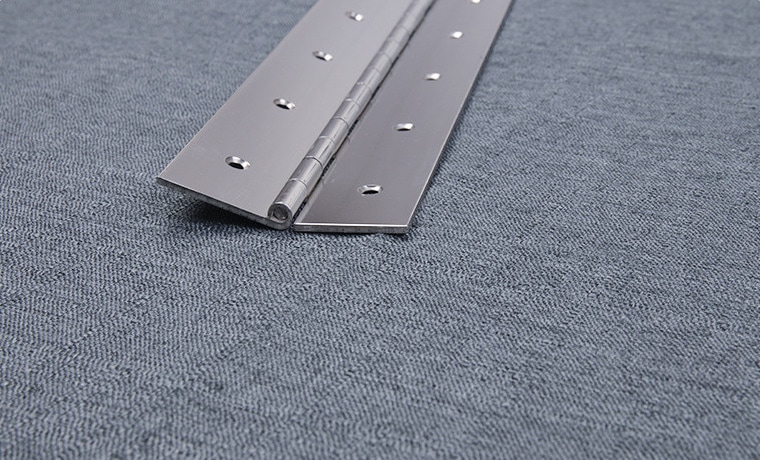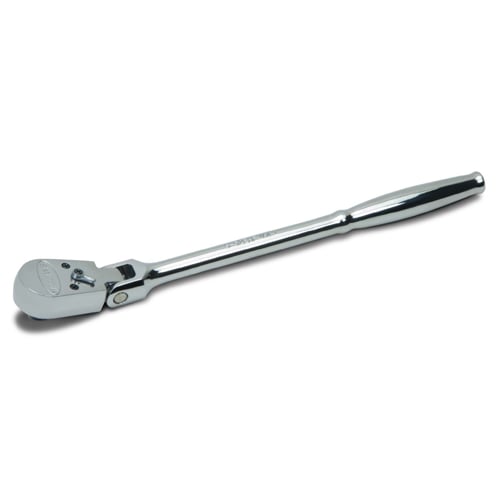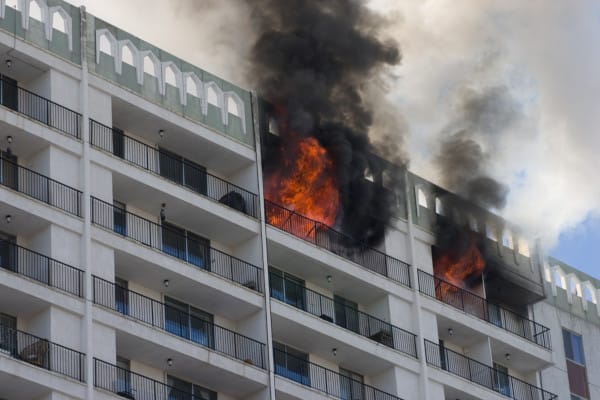Pressure Monitoring Not Just For Air Systems
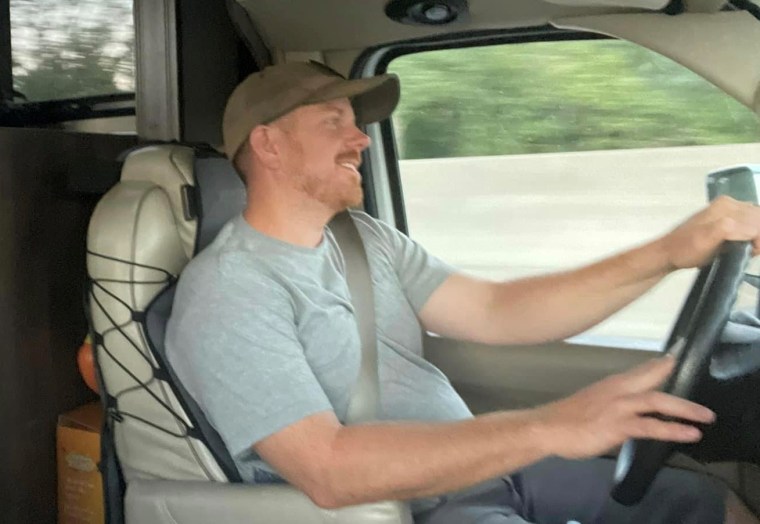
This past weekend we celebrated Labor Day. My family and I had the pleasure of going to a friend’s property and parking an RV to “glamp” for the weekend. The trip is only about 3-1/2 hours from our homes and when traveling in the RV it is a slow and steady wins the race kind of trip. One of the first things I do when we are prepping for the trip is to check tire pressure. Then, the last thing I do before we leave is check tire pressures.
While at their property we did the same on all of their vehicles, two side-by-side UTVs, and their boat trailer. When looking at each of these, almost all of them were low. Now, these items all sit more than they are used and only see movement maybe once a month. The weather here in the area, including Kentucky has been getting cooler in the evenings which causes the air in tires to start to take up less space and so the pressure drops. Well, after checking and filling, we went out and everything was great, until it wasn’t. When we loaded up the boat we noticed one of the tires was nearly on the rim of the trailer. With no tools on hand and a short drive, we elected to make the drive and inspect when we got back to home ground rather than in a public parking lot where someone had already offered to help if need be. Once we arrived, we inspected the tire and found no obvious signs for it to be so low on pressure. We filled it up again and let it sit for the night. After breakfast the next day we found the tire was still holding air so we assumed that when we checked the pressure initially it was at a good pressure and by doing so something must have stuck in the valve causing it to have a slow leak. Once that was seated and good, the tire held air, and we were good to roll for another day.
This made me realize how important pressure monitoring is on tires for certain vehicles and led me to install a continuous pressure monitoring system on the RV that we took. Being able to monitor tire temperature and pressure is critical and catching low pressure before it causes other issues can help reduce damage or catastrophic failure significantly. This also all made me connect my thoughts to the EXAIR Digital Flowmeters which are available with pressure sensing capabilities. These can easily be installed into a system and then be used to monitor your industrial system and potentially see issues before catastrophic failures or downtimes due to a loss of compressed air.
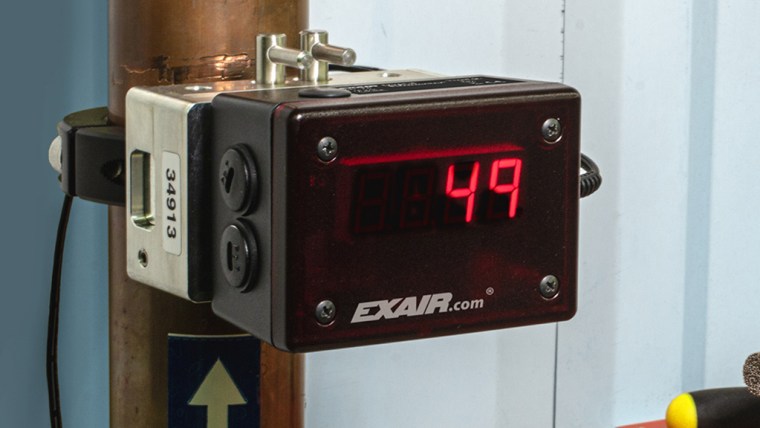
If you want to discuss what a Pressure Sensing Digital Flowmeter can do in your facility or even if you want to troubleshoot why you are seeing a drop in performance and how to even go about troubleshooting your entire air system, don’t hesitate to contact an Application Engineer.
Brian Farno
Application Engineer
BrianFarno@EXAIR.com
@EXAIR_BF
